Home>diy>Building & Construction>What Is Stucco In Construction
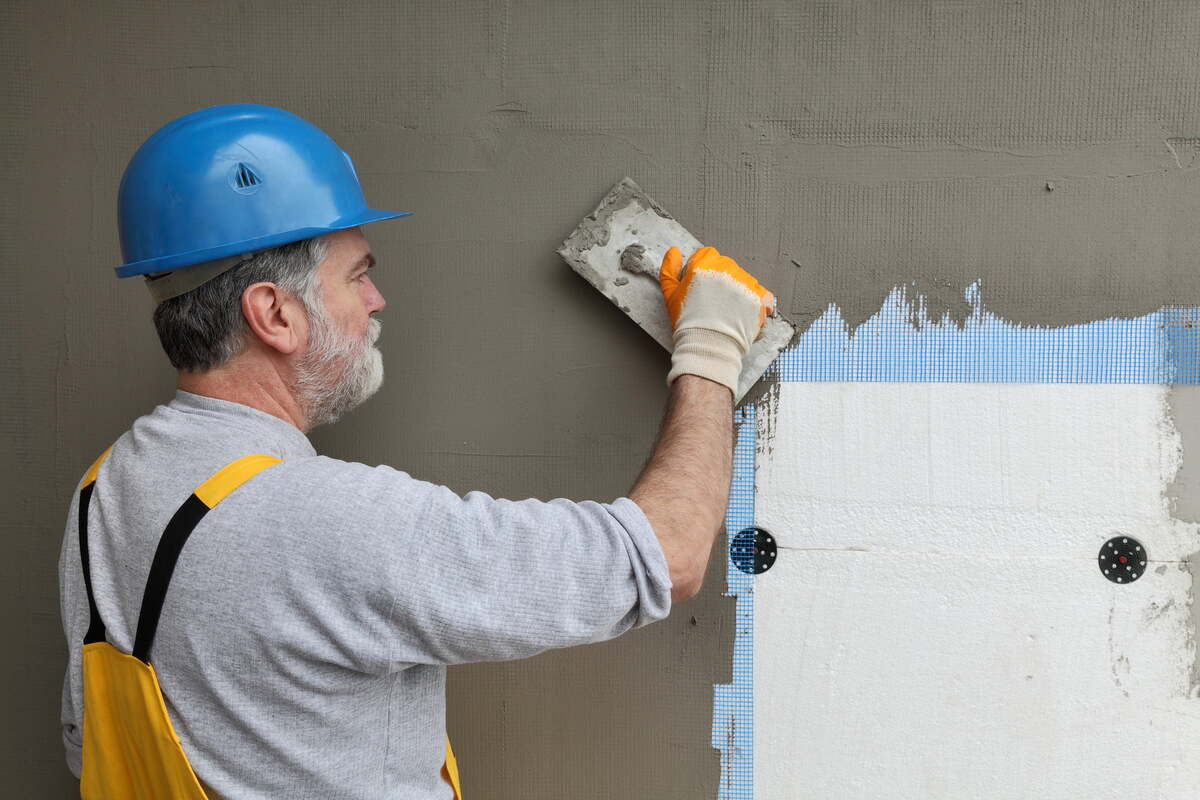

Building & Construction
What Is Stucco In Construction
Modified: December 7, 2023
Discover what stucco is, its applications, and benefits in building construction. Get expert insights on this popular construction material.
(Many of the links in this article redirect to a specific reviewed product. Your purchase of these products through affiliate links helps to generate commission for Storables.com, at no extra cost. Learn more)
Introduction
Welcome to the world of construction, where every brick, beam, and wall plays a crucial role in creating architectural marvels. One significant element that has been used for centuries is stucco. Stucco is a versatile material that has stood the test of time and continues to be a popular choice in construction projects.
Whether you are building a new home, renovating an existing one, or constructing a commercial building, understanding the fundamentals of stucco can be advantageous. In this article, we will delve into the world of stucco in construction, exploring its definition, history, types, advantages, disadvantages, application process, maintenance, common problems, and more.
So, let us embark on this journey of discovering the beauty and practicality of stucco in the realm of construction.
Key Takeaways:
- Stucco, a durable and versatile building material with a rich history, offers numerous advantages such as weather resistance, energy efficiency, and design flexibility. Proper maintenance and care are essential for maximizing its longevity and aesthetic appeal.
- Understanding the potential drawbacks of stucco, such as initial cost, cracking, and moisture retention, is crucial for informed decision-making in construction projects. Addressing these challenges through proper installation, maintenance, and repairs can minimize their impact and ensure the lasting beauty and durability of stucco.
Read more: What Is Stucco?
Definition of Stucco
Stucco is a building material that is widely used in construction for both interior and exterior applications. It is a type of plaster that is made from a mixture of cement, sand, water, and sometimes lime. This mixture is applied to various surfaces, such as walls, ceilings, and facades, to create a smooth and durable finish.
Stucco has been used in construction for centuries, dating back to ancient civilizations like the Romans and Greeks. It became particularly popular during the Renaissance period, where it was used extensively in the ornamentation of buildings.
Stucco can be applied in various thicknesses, depending on the desired aesthetic and functional requirements. It can be used to create different textures, from a smooth and polished finish to a rougher, more rustic appearance.
One of the key characteristics of stucco is its ability to adhere to different surfaces, including concrete, wood, and metal. This versatility makes it a highly sought-after material in construction, as it can be applied to almost any substrate.
Stucco is known for its durability and weather resistance. It can withstand harsh environmental conditions, such as extreme temperatures, UV radiation, and moisture. Additionally, stucco is fire-resistant, which adds an extra layer of safety to buildings.
Overall, stucco is a versatile and durable building material that offers numerous benefits, making it a popular choice in construction projects around the world.
History of Stucco
The origins of stucco can be traced back to ancient civilizations, where it was utilized for both functional and decorative purposes. The ancient Egyptians, Greeks, and Romans all used some form of stucco in their architectural endeavors.
In ancient Egypt, stucco was commonly used to cover interior and exterior walls of temples and tombs. The Egyptians would mix gypsum, sand, and water to create a plaster-like material that could be molded into various shapes and designs. They would then apply this mixture to the walls, creating a smooth and decorative finish.
The Greeks also embraced stucco in their architecture. They developed a more refined technique, using a mixture of plaster, marble dust, and pigments to create vibrant and elaborate designs on their buildings. Stucco was used to decorate columns, friezes, and other architectural elements, adding a sense of grandeur and beauty to their structures.
However, it was during the Roman Empire that stucco truly flourished. The Romans perfected the art of stucco application and used it extensively in their construction projects. They developed new techniques and tools for applying stucco, such as trowels and decorative molds. Stucco was used to embellish the walls of public buildings, villas, and even the interiors of baths and amphitheaters.
After the fall of the Roman Empire, the use of stucco declined in Europe. However, it experienced a revival during the Renaissance period. Renaissance architects and artists drew inspiration from the ancient Greeks and Romans, reintroducing stucco into their designs. Elaborate stucco decorations adorned the facades and interiors of palaces, churches, and other magnificent structures.
In the modern era, stucco has remained a staple in the construction industry. Its versatility, durability, and aesthetic appeal continue to make it a popular choice for architects and builders around the world. While the techniques and materials used in stucco application have evolved, the essence of this ancient building material still endures.
Today, stucco can be found in a wide range of architectural styles, from traditional to contemporary. It continues to be used in the construction of residential homes, commercial buildings, and even public spaces, leaving a lasting legacy that spans centuries.
Types of Stucco
Stucco comes in various types, each with its own unique characteristics and applications. Understanding the different types of stucco can help you choose the right one for your construction project. Here are some of the most common types:
- Traditional Cement Stucco: This is the most common type of stucco and is made from a mixture of cement, sand, and water. It offers excellent durability, fire resistance, and weather resistance. Traditional cement stucco is versatile and can be applied to various surfaces, making it suitable for both interior and exterior use.
- Acrylic Stucco: Also known as synthetic stucco or exterior insulation and finish system (EIFS), acrylic stucco is a newer type of stucco that includes acrylic polymers in the mixture. It provides improved flexibility, impact resistance, and water resistance compared to traditional cement stucco. Acrylic stucco is commonly used in regions with extreme weather conditions.
- Exterior Insulated Finish System (EIFS): EIFS is a type of stucco that consists of multiple layers, including insulation, reinforcement mesh, and a finish coat. It offers enhanced energy efficiency by providing insulation to the building. EIFS is often used in commercial construction but can also be used in residential projects.
- Venetian Plaster: Venetian plaster is a decorative type of stucco that originated in Venice during the Renaissance period. It is made from a mixture of marble dust, slaked lime, and pigments. Venetian plaster creates a smooth and glossy finish with a marble-like appearance. It is commonly used to add a luxurious touch to interior walls.
- Interior Stucco: Interior stucco is specifically designed for interior applications such as walls and ceilings. It is typically smoother and less textured compared to exterior stucco. Interior stucco can be made from a variety of materials, including lime, gypsum, and cement.
It is important to consult with a stucco professional or contractor to determine the most suitable type of stucco for your specific construction needs. Factors such as location, climate, building specifications, and desired aesthetics should be taken into consideration when choosing the type of stucco for your project.
Remember, selecting the right type of stucco is crucial for achieving a durable, functional, and visually appealing result that stands the test of time.
Advantages of Using Stucco in Construction
Stucco offers a wide range of advantages that make it a popular choice in construction projects. Whether you are considering stucco for its aesthetic appeal or functional benefits, here are some of the advantages of using stucco:
- Durability: Stucco is a highly durable material that can withstand the test of time. It is resistant to cracking, chipping, and fading, making it an excellent choice for long-lasting exteriors.
- Weather Resistance: Stucco is inherently resistant to various weather conditions. It can withstand intense heat, freezing temperatures, rain, wind, and even hail. This durability makes stucco ideal for regions with extreme climates.
- Fire Resistance: Stucco is fire-resistant, providing an added layer of safety to buildings. Its non-combustible nature helps prevent the spread of flames, protecting the structure and its occupants.
- Energy Efficiency: Stucco has excellent insulating properties, helping to keep the interior of a building cooler in the summer and warmer in the winter. This helps reduce energy consumption and lowers heating and cooling costs.
- Low Maintenance: Stucco requires minimal maintenance compared to other exterior materials. It can be easily cleaned with water and a mild detergent, and occasional touch-ups can keep it looking fresh and new for years to come.
- Design Flexibility: Stucco offers a variety of design options. It can be textured, tinted, or painted to achieve the desired look and aesthetic appeal. Stucco can be applied in different thicknesses to create a smooth or textured finish, providing endless possibilities for design creativity.
- Versatility: Stucco can be applied to a variety of surfaces, including concrete, wood, and metal. This makes it suitable for both new construction projects and the renovation of existing structures.
- Sound Reduction: Stucco has sound-dampening properties that can help reduce external noise, creating a more serene and comfortable living or working environment.
These advantages, coupled with its timeless appeal and reliability, have made stucco a preferred choice for homeowners, architects, and builders alike. It not only enhances the overall aesthetics of a building but also provides durability, protection, and energy efficiency.
However, it is important to note that proper installation and maintenance are crucial in maximizing the benefits of stucco. Hiring a skilled and experienced professional to install and maintain the stucco is recommended for the best results.
When applying stucco in construction, make sure to properly prepare the surface by cleaning and repairing any cracks or damage. This will ensure a smooth and durable finish.
Read more: What Is Lath For Stucco
Disadvantages of Using Stucco in Construction
While stucco offers numerous advantages, it is important to be aware of its potential disadvantages as well. Understanding the drawbacks of using stucco can help you make an informed decision for your construction project. Here are some of the disadvantages:
- Initial Cost: The initial cost of installing stucco can be higher compared to other exterior finishes, such as vinyl siding or wood cladding. Factors that contribute to the higher cost include the labor-intensive application process, specialized equipment required, and the expertise of skilled installers.
- Cracking: Despite its durability, stucco can develop hairline cracks over time. This can occur due to natural settling of the building, shifts in the foundation, or temperature fluctuations. While minor cracks are inevitable, proper installation, regular maintenance, and addressing any structural issues promptly can minimize the occurrence and impact of cracking.
- Moisture Retention: Stucco is not entirely impervious to moisture. If not properly installed or maintained, it can retain moisture, leading to issues such as mold growth, water damage, and potential structural problems. Regular inspections and proper waterproofing measures are essential to prevent moisture-related issues.
- Repair and Maintenance: While stucco requires minimal maintenance, repairing damaged areas can be more challenging and time-consuming compared to other exterior finishes. Matching the texture and color of the existing stucco can be difficult, and repairs may be more noticeable. Regular inspections and prompt repairs can help mitigate the need for major repairs in the future.
- Limited Design Options: While stucco offers design flexibility, it may not provide the same level of customization as some other materials. The texture and color choices for stucco are more limited compared to alternatives like wood or stone. However, various techniques, including texturing and painting, can create different looks and finishes.
- Application Complexity: Applying stucco requires a certain level of skill and expertise. Improper installation can lead to issues such as inadequate bonding, improper curing, or uneven application. Hiring a professional stucco contractor who has experience in stucco applications is crucial to ensure a successful outcome.
- Maintenance of Exterior Details: Stucco can make it more challenging to maintain or replace exterior details such as window trims or fixtures. Care must be taken to properly seal and protect these areas during the application process to avoid potential damage or difficulties in the future.
Despite these disadvantages, stucco remains a popular choice in construction due to its durability, aesthetic appeal, and longevity. By understanding and addressing these potential challenges, along with proper installation and regular maintenance, the drawbacks of stucco can be minimized, leading to a beautiful and durable exterior finish for your building.
Stucco Application Process
The application process of stucco requires precision and expertise to ensure a smooth and durable finish. Here is a general overview of the stucco application process:
- Surface Preparation: The surface to be stuccoed must be clean, free of debris, and properly prepared. This may involve pressure washing, repairing any damaged areas, and applying a bonding agent to promote adhesion between the surface and the stucco.
- Scaffold or Staging Setup: If the stucco application is for the exterior of a building, scaffolding or staging may be necessary to provide access to higher areas. This ensures the stucco is applied evenly and accurately.
- Application of Scratch Coat: The first layer, known as the scratch coat, is applied to the prepared surface. This layer consists of a mixture of cement, sand, and water. The scratch coat is called so because it is “scratched” to create a textured surface that helps with the adhesion of subsequent layers.
- Application of Brown Coat: After the scratch coat has cured, the second layer, known as the brown coat, is applied. The brown coat is a slightly thicker layer of stucco that provides additional strength and stability to the surface. It is leveled and smoothed with a trowel to create a uniform surface.
- Application of Finish Coat: The final layer, called the finish coat, is applied once the brown coat has properly cured. The finish coat determines the texture and appearance of the stucco. It can be smooth, textured, or decorative, depending on the desired aesthetic. The finish coat is carefully applied and smoothed using various stucco tools.
- Curing and Drying: Once the stucco has been applied, it needs time to cure and dry properly. This process can take several days, during which the stucco should be protected from direct sunlight, excessive moisture, and rapid temperature changes. Curing time may vary depending on factors such as humidity and temperature.
- Finishing Touches: After the stucco has fully cured and dried, any necessary touch-ups or repairs are made. This may include filling in minor cracks, blending in textures, or applying a final coat of paint or protective coating.
It is important to note that stucco application can be a complex and detailed process, particularly for larger or more intricate projects. Hiring a professional stucco contractor with experience in stucco application is highly recommended to ensure the best results.
By following the proper stucco application process and adhering to industry best practices, you can achieve a beautiful and durable stucco finish that enhances the aesthetic appeal and longevity of your building.
Maintenance and Care of Stucco
Maintaining and caring for your stucco is essential to ensure its longevity, appearance, and functionality. Here are some important tips for the maintenance and care of stucco:
- Regular Inspections: Regularly inspect your stucco for any signs of damage, cracks, or discoloration. Catching and addressing issues early can prevent further damage and costly repairs.
- Keep it Clean: Clean your stucco periodically to remove dirt, dust, and stains. Use a garden hose or pressure washer on a gentle setting, along with a mild detergent, to clean the surface. Avoid using abrasive materials or harsh chemicals that can damage the stucco.
- Address Cracks and Damage: If you notice any cracks or damage in your stucco, address them promptly. Small cracks can be filled with a stucco patching compound, while larger or more severe damage may require professional repair. Ignoring cracks can lead to water penetration, further deterioration, and the potential for more significant structural issues.
- Protect from Moisture: Stucco is vulnerable to moisture infiltration if not properly maintained. Ensure that gutters and downspouts are directing water away from the stucco surface. Repair or replace any damaged or leaking gutters to prevent water from seeping into the stucco and causing potential damage.
- Trim Vegetation: Keep vegetation, such as bushes and trees, trimmed and away from the stucco. Overgrown vegetation can cause moisture buildup, create a favorable environment for pests, and potentially damage the stucco surface.
- Promptly Address Mold or Mildew: If you notice any mold or mildew growth on the stucco, take immediate steps to address the issue. Clean the affected area with a mild bleach solution or an appropriate anti-fungal product. Address the source of moisture to prevent reoccurrence.
- Protect the Finish: Consider applying a protective coating or sealant to the stucco surface to enhance its resistance to weathering and staining. Consult with a professional to determine the best type of coating for your specific stucco and climate conditions.
- Professional Maintenance: Engage the services of a professional stucco contractor for periodic inspections and maintenance. They can assess the condition of your stucco, identify any potential issues, and provide expert recommendations and repairs.
Regular maintenance and care of your stucco can extend its lifespan and preserve its appearance. By following these guidelines and addressing any issues promptly, you can enjoy the beauty and durability of your stucco for years to come.
Common Problems with Stucco
While stucco is a durable and long-lasting material, it can still encounter certain issues over time. Being aware of these common problems can help you identify and address them before they become major concerns. Here are some of the most common problems with stucco:
- Cracking: Cracking is a common problem with stucco and can occur due to various reasons such as natural settling, temperature changes, or foundation movement. Small hairline cracks are normal and can be addressed with routine maintenance. However, larger or wider cracks should be examined by a professional to assess their severity and determine the appropriate repairs.
- Moisture Infiltration: Improper installation, damage, or deterioration of stucco can allow moisture to penetrate the surface, leading to water damage and potential mold or mildew growth. Regular inspections and maintenance can help detect any areas of concern and prevent moisture infiltration by addressing the source promptly.
- Staining: Stucco can be susceptible to staining from environmental factors, such as dirt, pollution, or rust. Efflorescence, a white powdery substance that can develop on the surface, is another type of staining caused by mineral deposits. Regular cleaning and, if necessary, professional restoration techniques can help remove stains and restore the appearance of the stucco.
- Delamination: Delamination refers to the separation of layers within the stucco. It can occur as a result of poor installation, improper mixing of materials, or water infiltration. Delamination can weaken the structural integrity of the stucco and should be addressed promptly to prevent further damage and potential hazards.
- Crumbling or Erosion: Over time, stucco may experience crumbling or erosion, especially in high-traffic areas or due to environmental factors. This can result in a rough or textured surface and compromise the stucco’s protective barrier. Professional repairs, including patching and resurfacing, may be required to restore the stucco’s integrity and appearance.
- Color Fading: Exposure to sunlight and weather can cause stucco to fade over time. This can result in an uneven or discolored appearance of the stucco. The use of quality pigments and protective coatings during installation, as well as routine maintenance, can help slow down the fading process and maintain the stucco’s color vibrancy.
- Pest Infestation: If there are gaps or cracks in the stucco, it can provide an entry point for pests, such as insects or rodents. Regular inspections and proper maintenance can help identify and seal any areas that may be vulnerable to pest infestation, minimizing the risk of damage or intrusion.
If you notice any of these problems or other potential issues with your stucco, it is advisable to consult with a professional stucco contractor. They can assess the situation, determine the cause, and recommend the appropriate repairs or maintenance needed to address the problem and restore the integrity and appearance of your stucco.
Read more: What Is A Stucco House
Conclusion
Stucco, with its long history and proven track record, remains a popular choice in construction for its durability, versatility, and aesthetic appeal. From its ancient origins to its use in modern architecture, stucco has stood the test of time and continues to be a reliable and sought-after building material.
Throughout this article, we have explored the definition of stucco, its rich history, various types, advantages, disadvantages, application process, maintenance, and common problems. Stucco offers a multitude of benefits, including its durability, weather resistance, fire resistance, energy efficiency, and design flexibility. It requires minimal maintenance and can enhance the appearance and longevity of buildings.
However, it is important to understand that proper installation, regular maintenance, and prompt repair of any issues are crucial to ensure the optimal performance of stucco. Regular inspections, cleanliness, protection from moisture, and addressing any cracks or damage promptly are essential to preserve the integrity and aesthetic appeal of the stucco.
By following the recommended maintenance and care practices, you can enjoy the benefits of stucco for many years to come. Remember to consult with a professional stucco contractor for any major repairs or concerns, as they have the expertise and knowledge to address specific issues related to stucco.
In conclusion, stucco remains a reliable and versatile building material in construction. Its timeless beauty, durability, and functionality make it a valuable choice for both residential and commercial projects. Whether you are looking for a classic or contemporary finish, stucco can add character and enhance the overall appeal of your building while providing protection and longevity.
So, embrace the world of stucco in construction and discover the transformative power it can bring to your architectural endeavors.
Frequently Asked Questions about What Is Stucco In Construction
Was this page helpful?
At Storables.com, we guarantee accurate and reliable information. Our content, validated by Expert Board Contributors, is crafted following stringent Editorial Policies. We're committed to providing you with well-researched, expert-backed insights for all your informational needs.
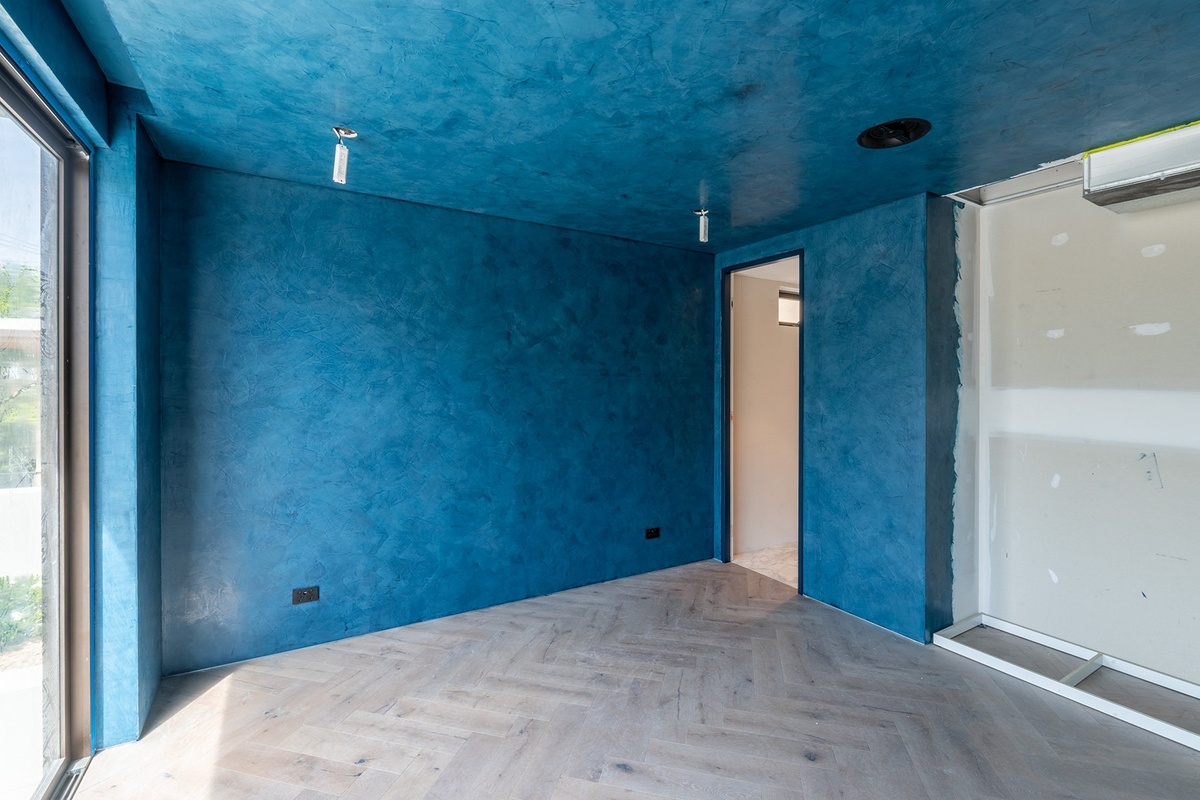
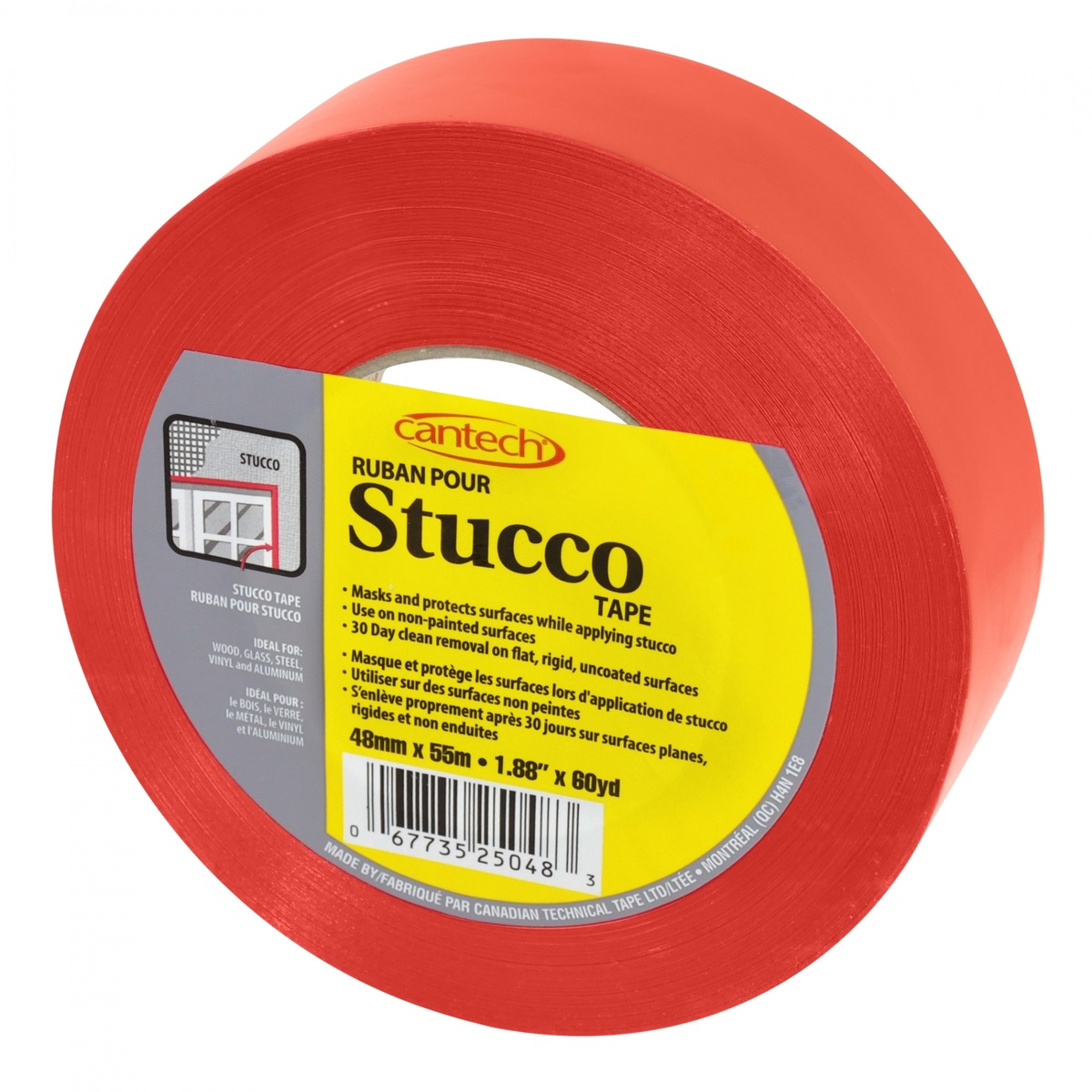
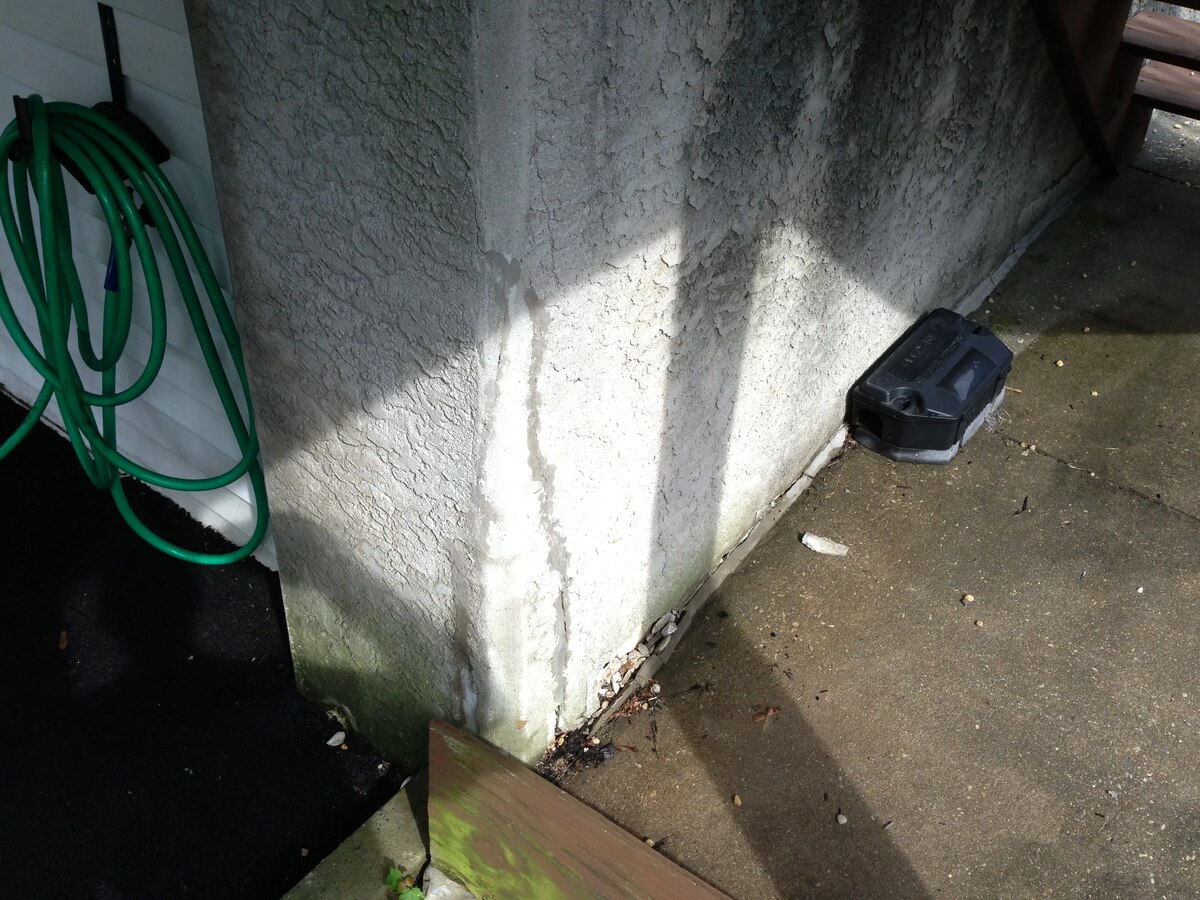
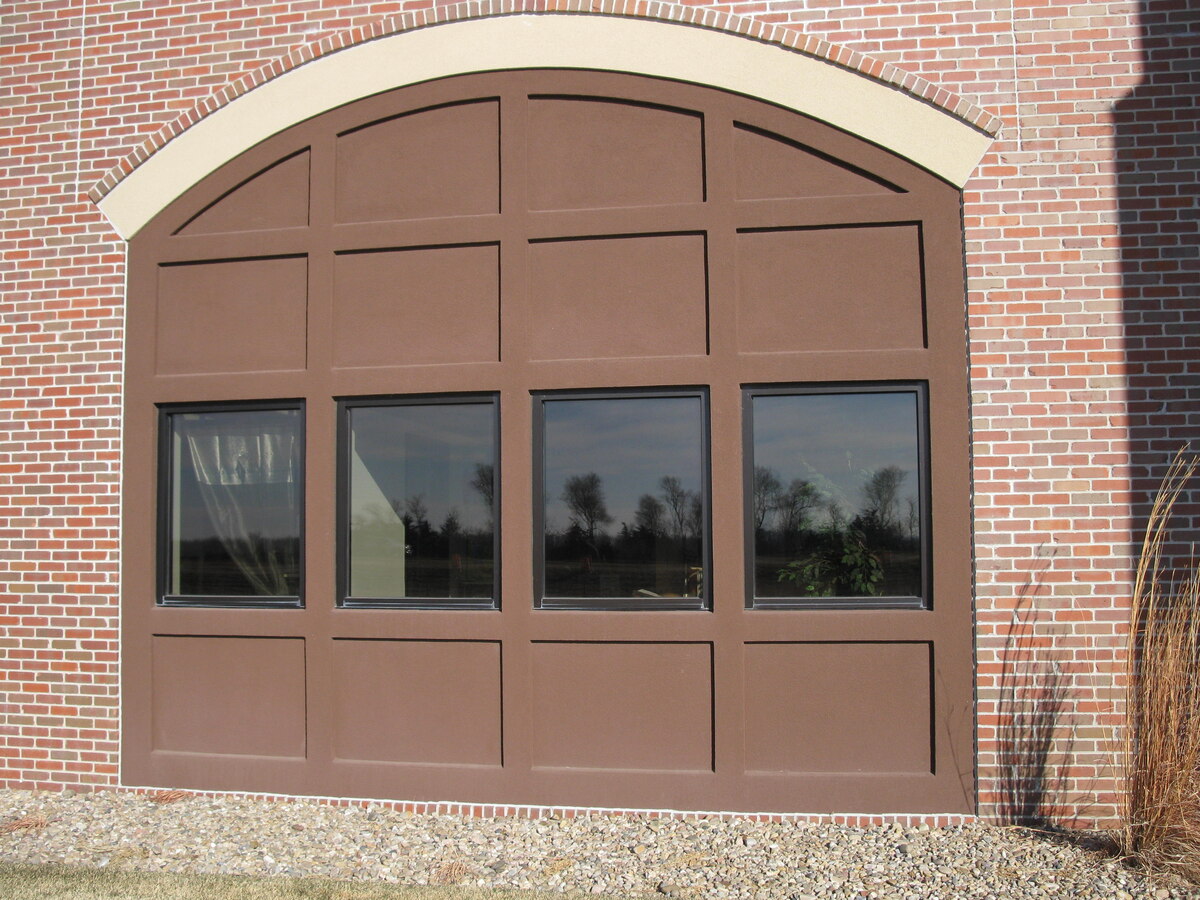
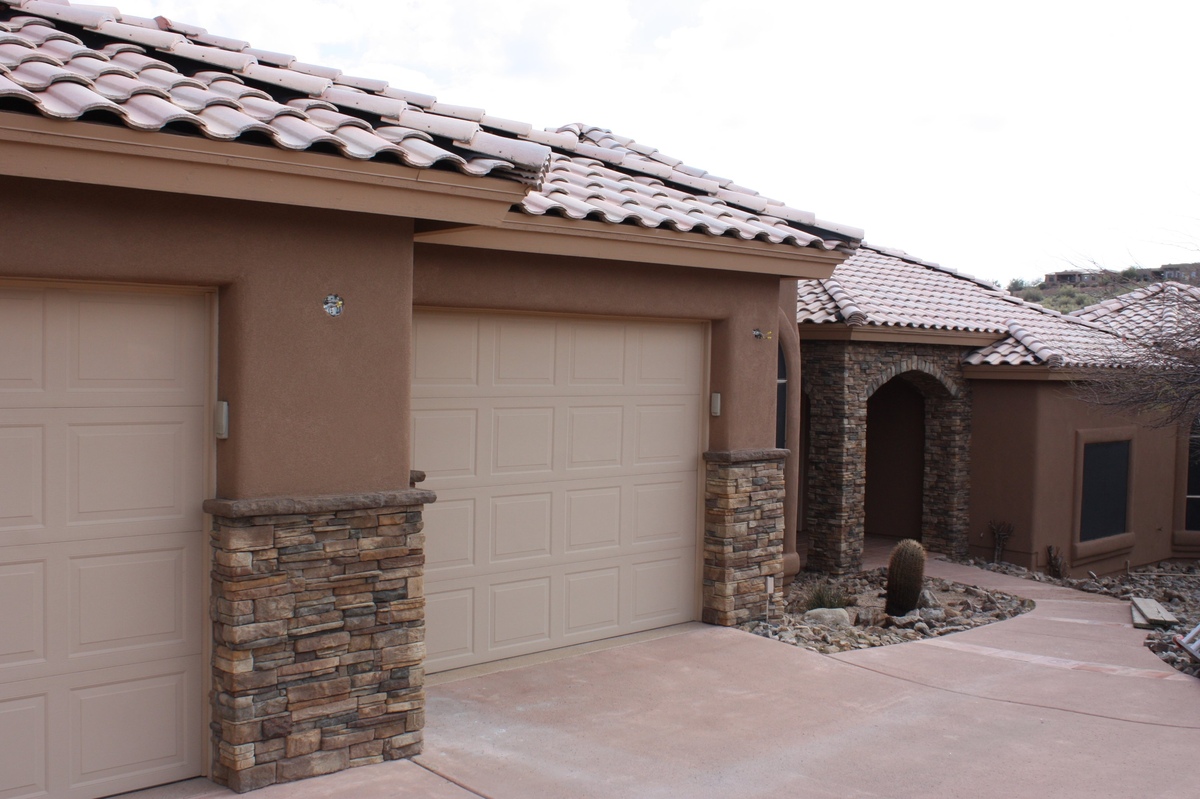
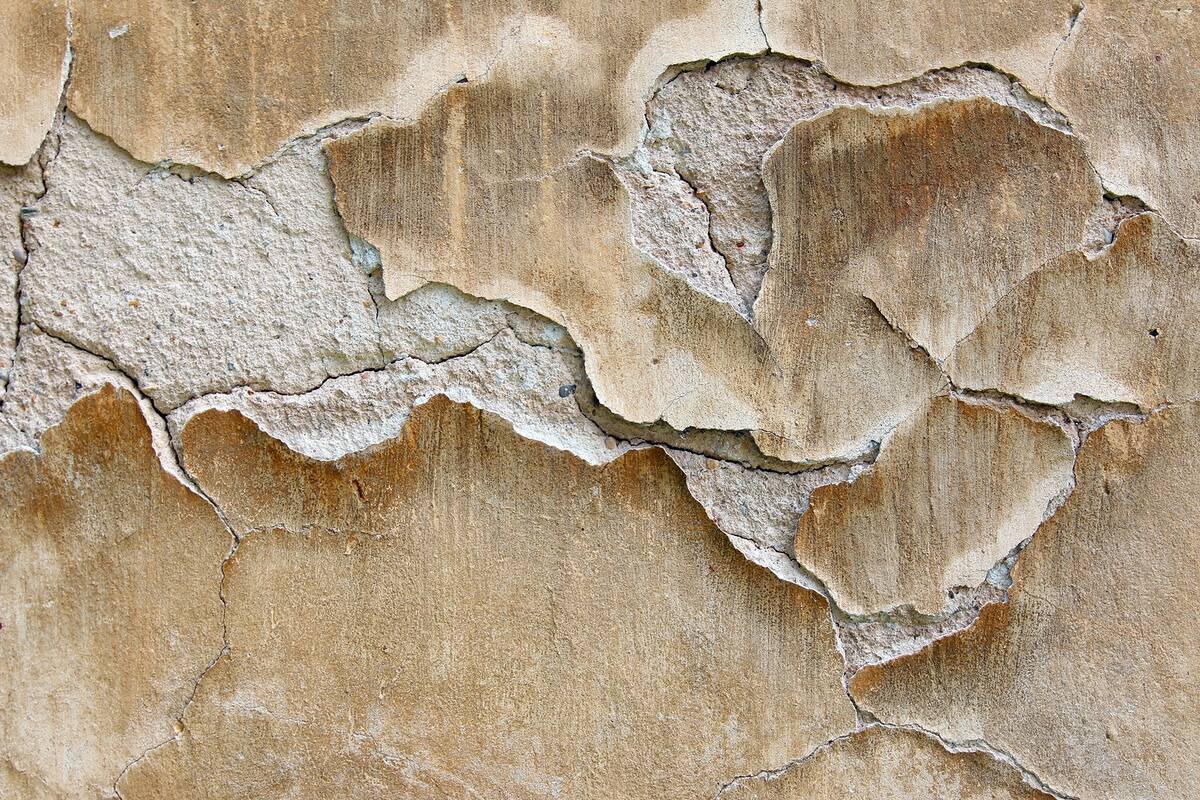
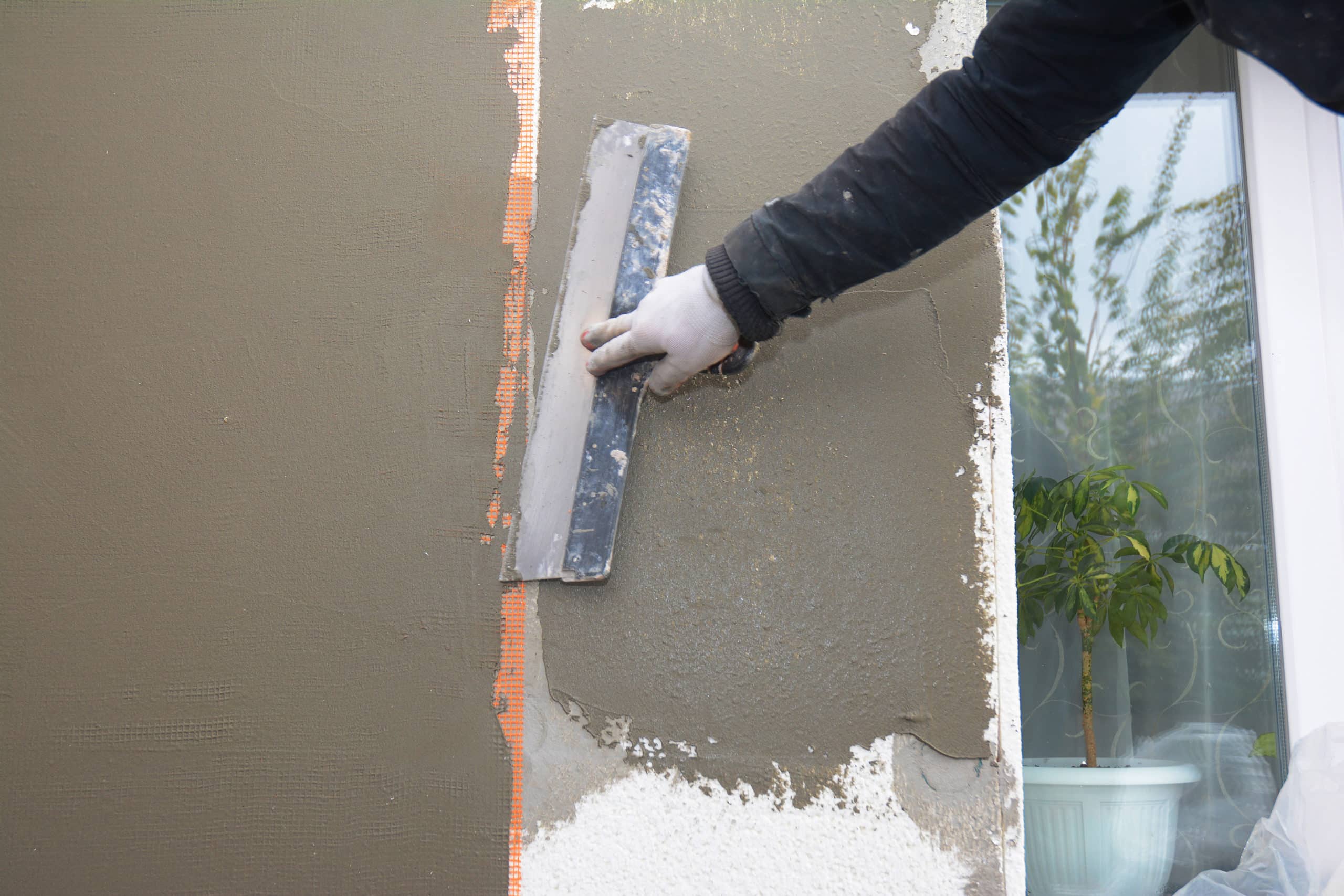
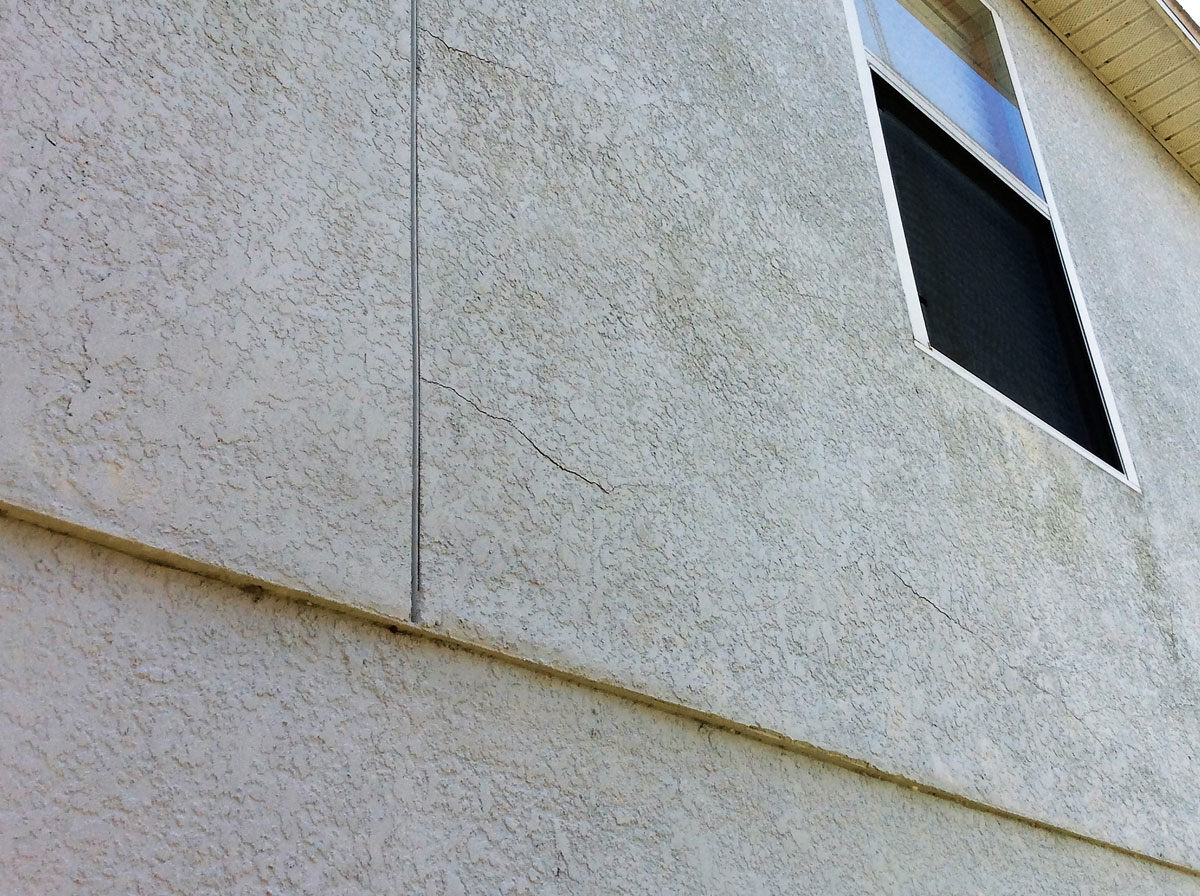
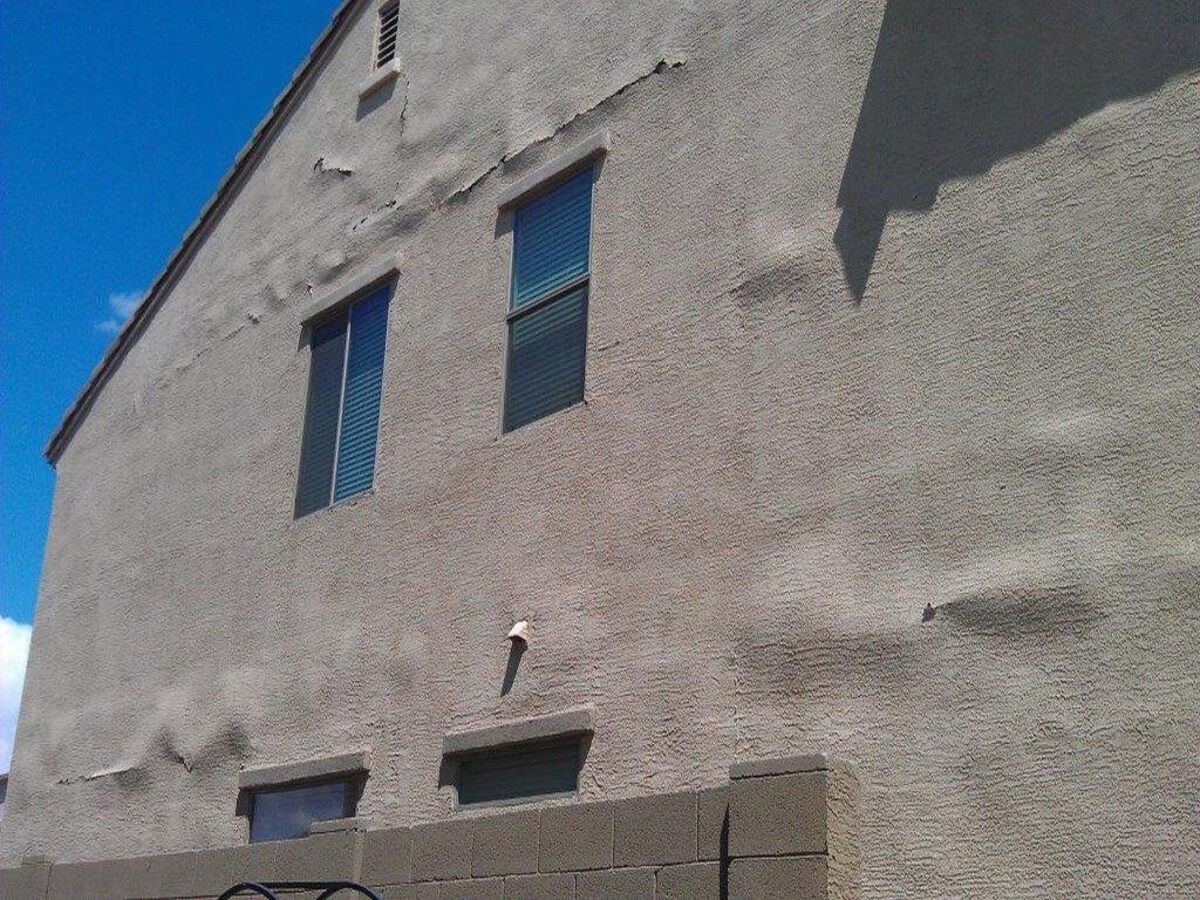
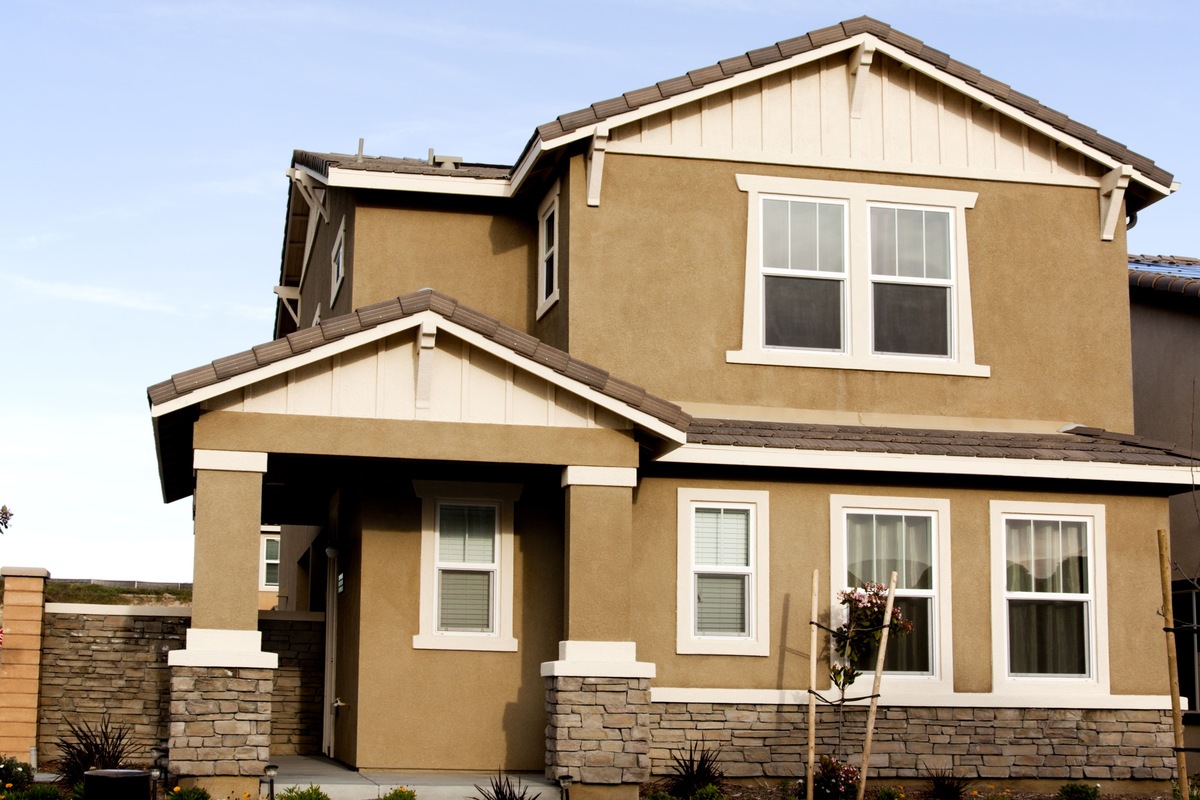
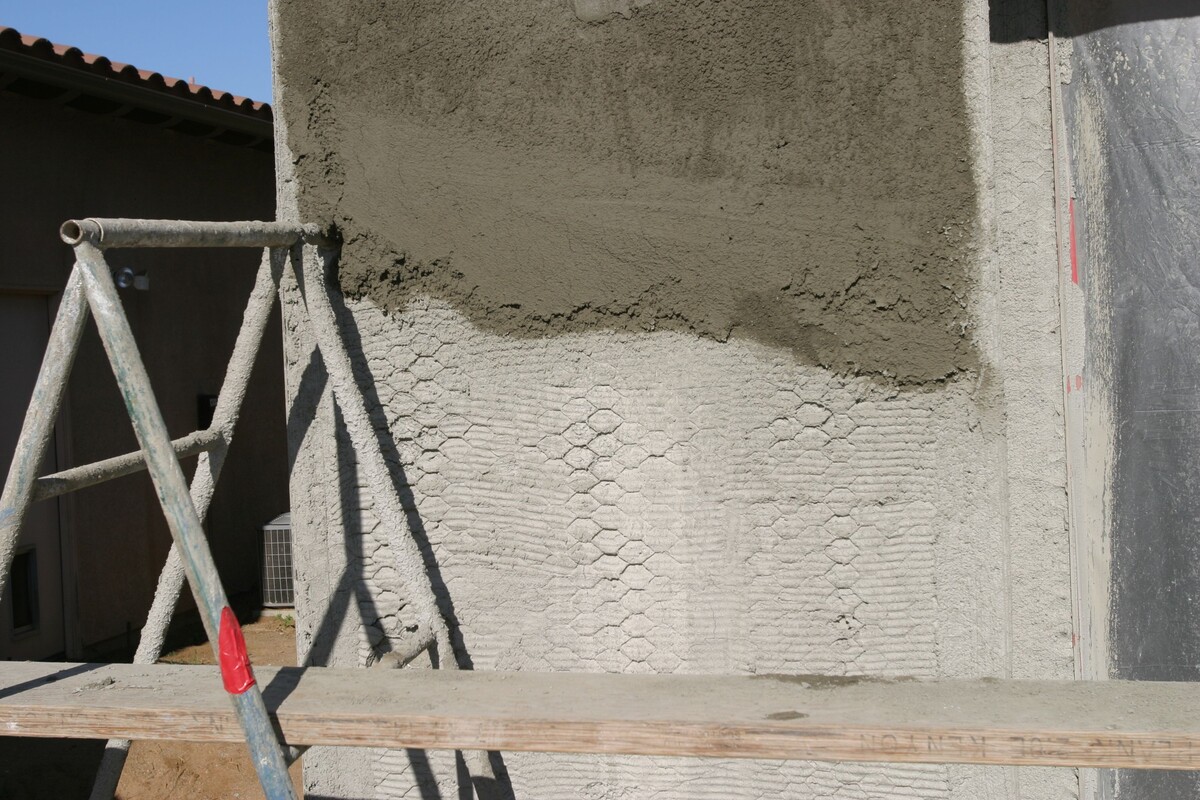
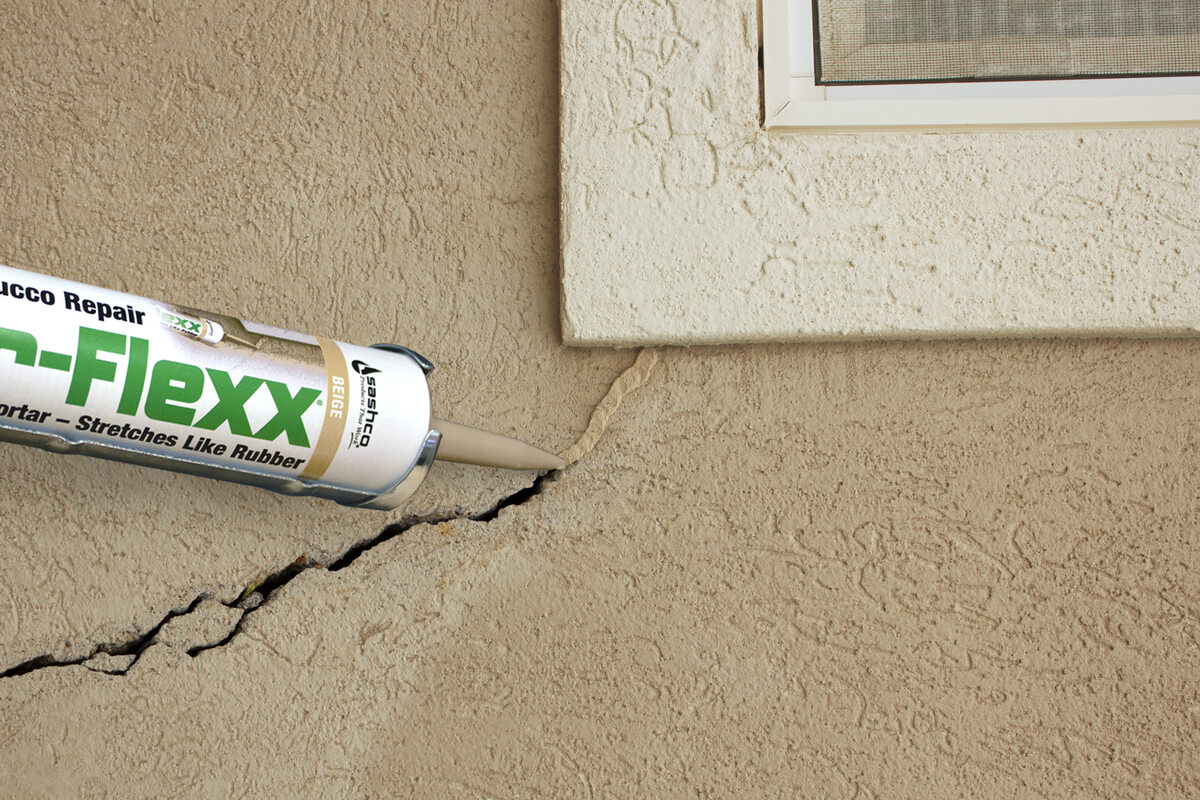
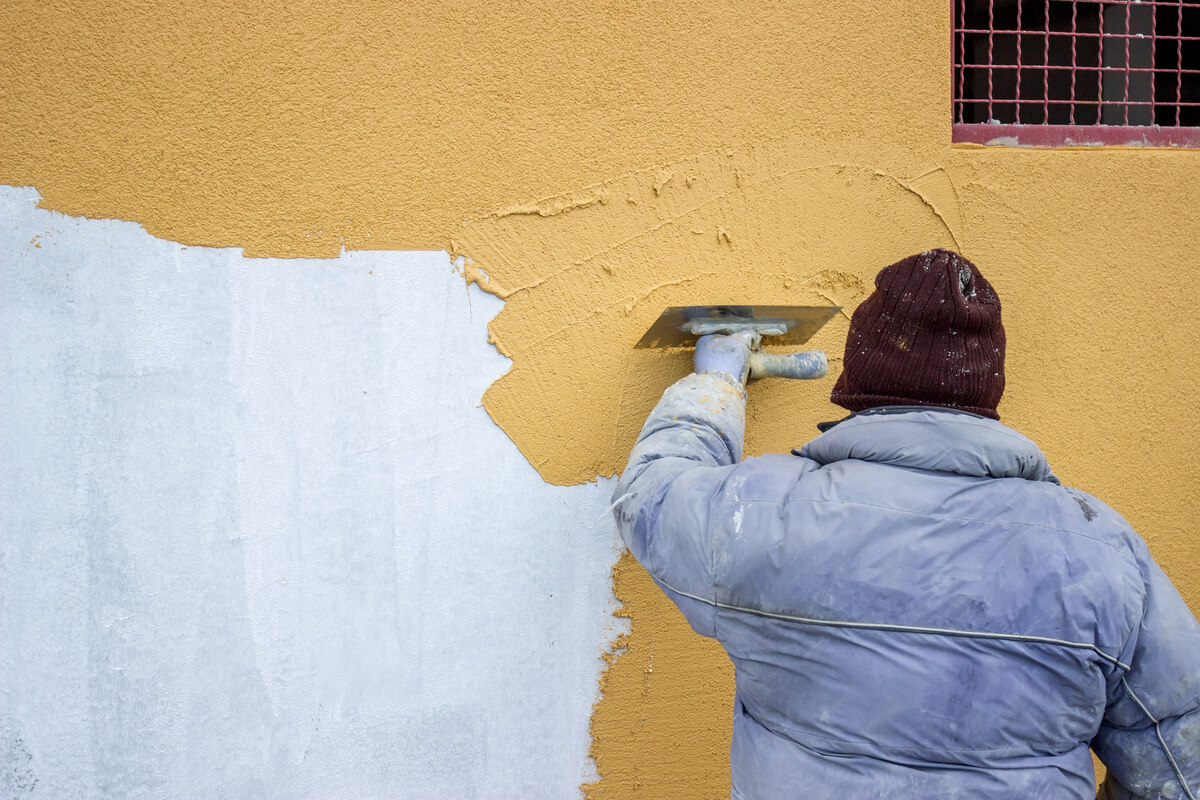

0 thoughts on “What Is Stucco In Construction”